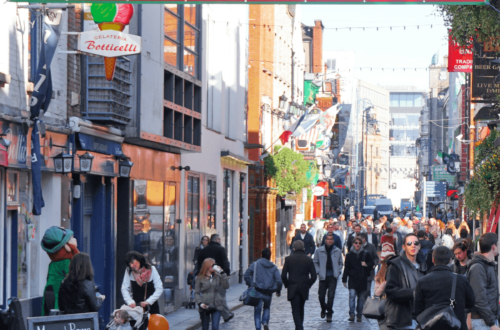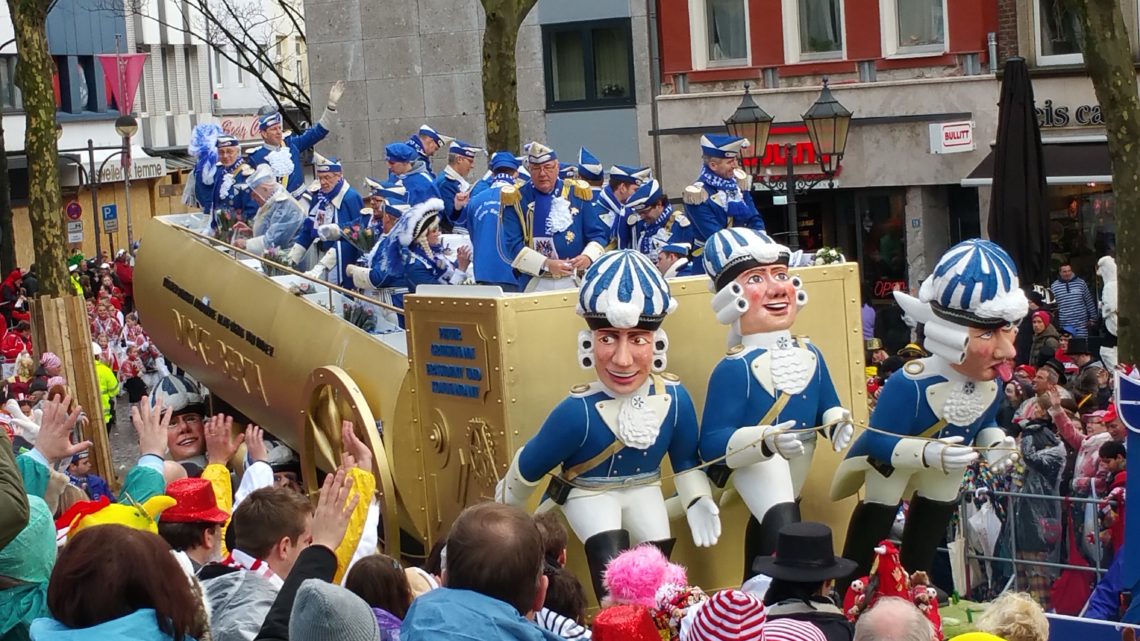
Carnival in Cologne Germany
6 "Crazy Days" of Parties
I look out the window on a chilly morning in February, just before noon, down at the park that sits just in front of my building. Walking casually along are several groups of people, dressed in outrageous costumes. I see clowns, ducks, cowboys, Indians, really about anything you can imagine. With a sleepy look in their eye and a beer in their hand, it’s pretty easy to assume that they have been proudly donning their outfit all night long and the beer is to keep the hangover at bay after a long and fulfilled night of pub crawling. The celebration of Carnival in Cologne Germany is underway!!
If you think Oktoberfest in Munich is the craziest party in Germany, well think again. The city of Cologne holds that title and the people of the town, know how to throw a party. And, it lasts for a week. Think Halloween meets Mardi Gras. Even though it’s not a national holiday, it might as well be. Pretty much everything in the city shuts down. Most stores, government buildings, and schools all shut their doors, but not restaurants and pubs. They will stay open 24/7 during Carnival in order to keep the Kölsch (beer brewed only in Cologne) flowing freely.
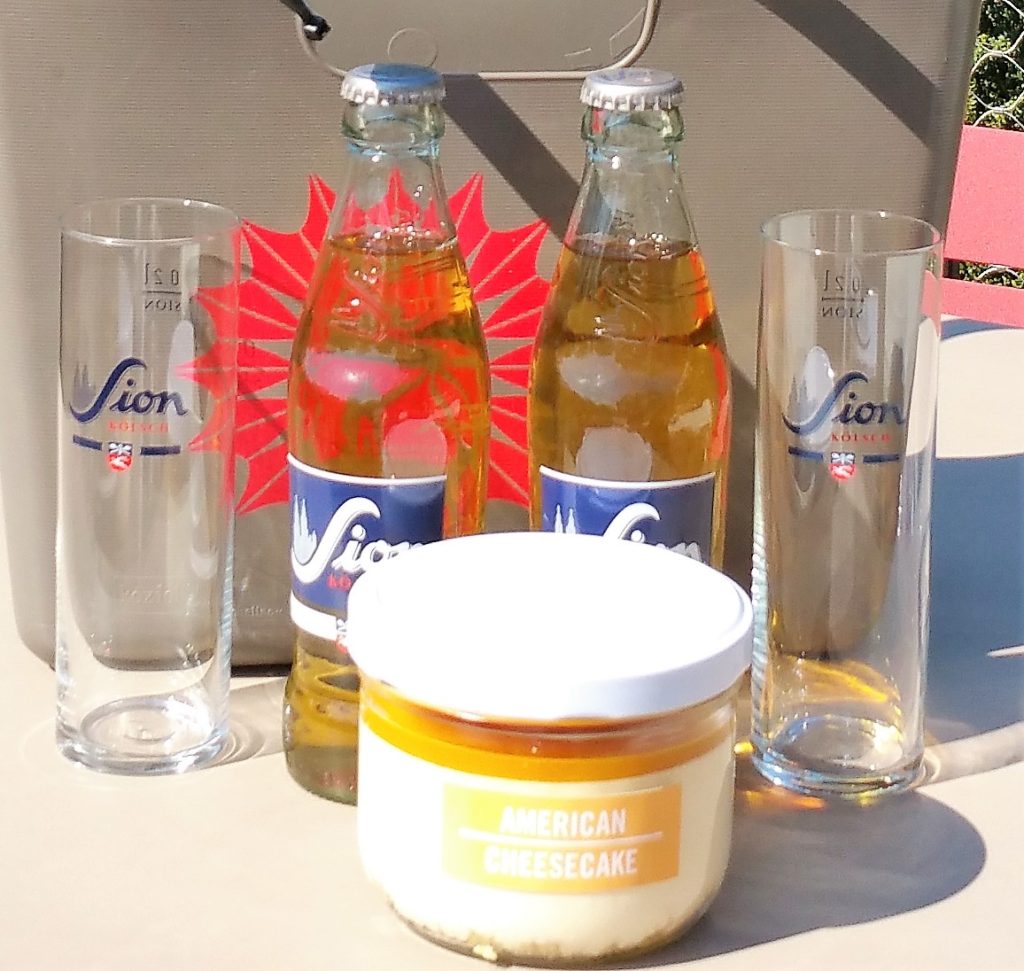
Carnival in Cologne has its roots dating back to the Middle Ages. It started as a celebration of the coming spring and the end of winter. The festival has continued annually except for a few times where the celebration was scaled back due to war or during difficult economic times. But, the people of Cologne with their love of their Carnival, won’t let the tradition die and continue to bring it back year after year.
Carnival season, also known as “fifth season” officially begins at 11 minutes after 11 a.m., on the 11th day of the 11th month (November). Carnival officials, entertainers, and partiers gather in midtown at Heumarkt to welcome the 3 main figures of Carnival, the Prince, the Peasant, and the Maiden. From here the dancing and singing of Carnival songs performed by Carnival bands begin and will eventually carry over into the local pubs and will continue through the night. Once this night is over, the festivities slow down in order to celebrate the holidays but will kick into full force in February.
Here is a quick schedule of events over the next several days:
Day 1 (Thursday) – Carnival is officially declared underway at Alter Markt on the Thursday before the beginning of Lent. For the next 6 days, “Crazy Days” is in full swing. This first day, known as Weiberfastnacht (the woman’s Carnival), women fill the streets dressed in costume playfully cutting the ties of the businessmen. The men then receive a Bützchen (small kiss) for being a good sport. The parties and beer drinking will continue throughout the night.
Day 2 (Friday) – Carnival Friday is supposed to be a day to rest up from the day before and be ready to go starting on Saturday, but you will continue to see streets and pubs full of merrymakers. In the evening, the formal balls and parties take place.
Day 3 (Saturday) – Once you have enjoyed your breakfast beer (“Frühschoppen”) head down into the city center where you will begin seeing the traditional Jecken (jester or clown). Think of them as the mascot of Carnival. These costumes are worn by the majority of those dressed up and in traditional colors of red and white. That evening, show up in a ghostly costume and actually take part in the Ghost Parade. Jecken, as well as other costumes, can be found in shops located around the city.
Day 4 (Sunday) – Beginning at 11:00 a.m., a parade marches its way through town. Featuring school children and social groups dressed in their fancy outfits. Then in the evening, you guessed it, more parties!!
Day 5 (Monday) – Rosenmontag, or Rose Monday, is the highlight of the entire event. It begins at 11:11 am (seems to be a pattern) with the biggest parade of the festival. The parade route is roughly 6 kilometers long and takes about 3 hours to pass. It features over 110 marching bands, over 10,000 participants, hundreds of horses and countless floats, and performers. Spectators, again dressed in costume but different from the one worn earlier, line the streets. Get your spot early as it will fill up quickly.
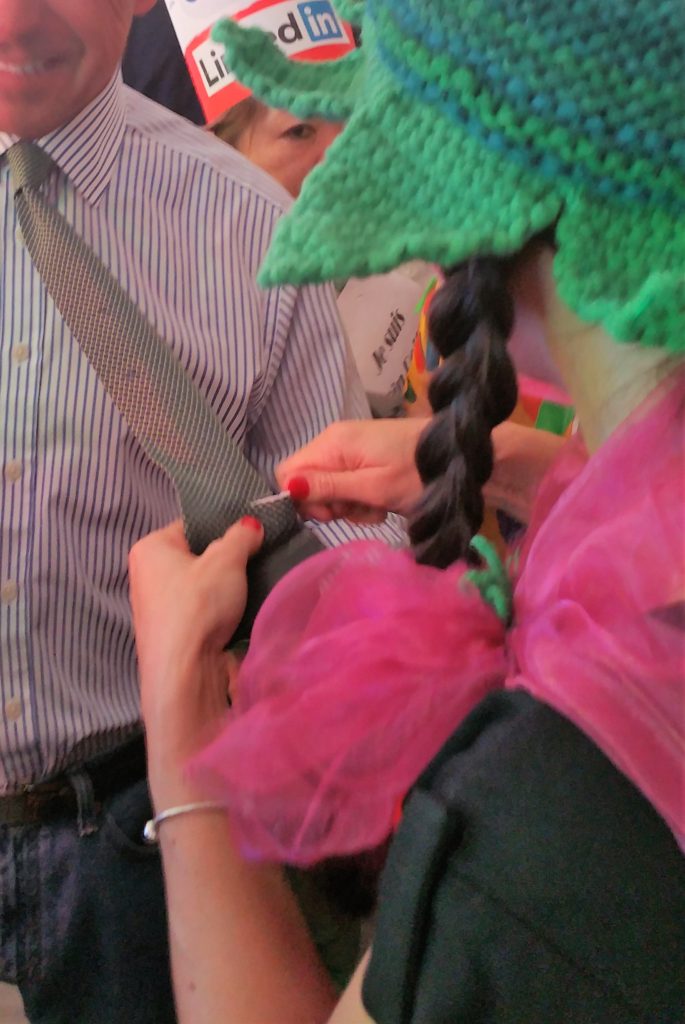
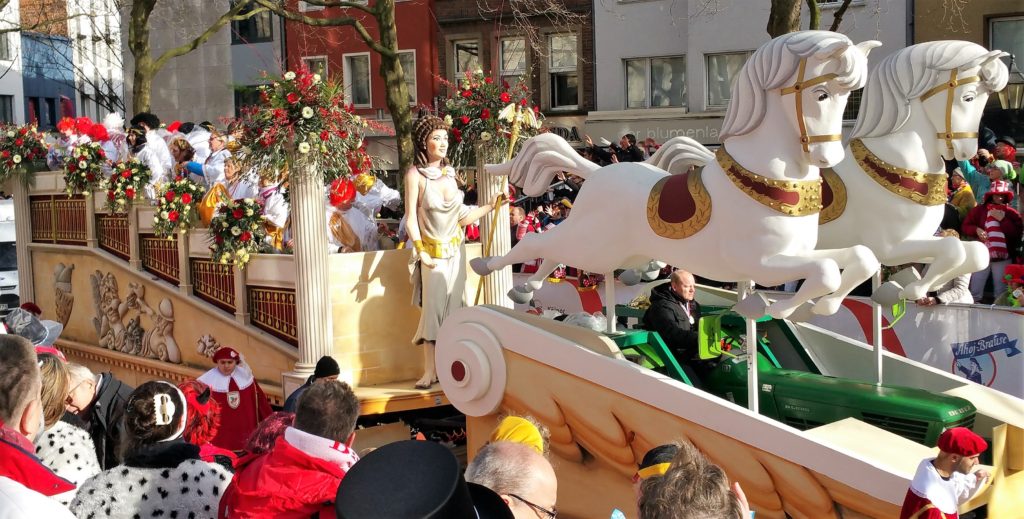
Participants in the parade toss candy (kamelle), or other small gifts to the crowds as they go by. Given out that day to the crowd are approximately 140 tons of candy and over 700,000 chocolate bars, along with flowers, toys, and other gifts. Spectators who yell “Alaaf” to those tossing candy in the parade will likely receive more of the loot.
Approximately 75 decorated floats often poke fun at famous German personalities by featuring a caricature or likeness of these people. It’s not always flattering, but it’s all in good fun.
The total cost of the parade is roughly, $2.6 million (2.3 million euro)
Day 6 (Tuesday) – The city begins to settle down. There continues to be smaller parades and festivities but more located outer areas of the city. The highlight of the evening is the burning the nubbel, a life-size figure made of straw. These figures are hung throughout the city and are burned before Ash Wednesday to take away the sins of the people as Carnival comes to a close.
Carnival in Cologne is a fantastically outrageous event, but come prepared for the crowds and drinking. It is 6 full days of nonstop parties. Even some Germans find it difficult to keep up for all of the days. It is a great way to really feel part of the culture and to see how the people of Cologne appreciate and celebrate their town. If you happen to be near Cologne during Carnival, it’s definitely worth a stop, even if you only had a day or 2. Find a local pub, order a Schweinshaxe (pork knuckle) and have a Kölsch, and have a great time. Prost!!


You May Also Like

Need to fight off the winter blues? Plan a getaway.
February 5, 2019
Epinal American Cemetery and Memorial
February 8, 2019